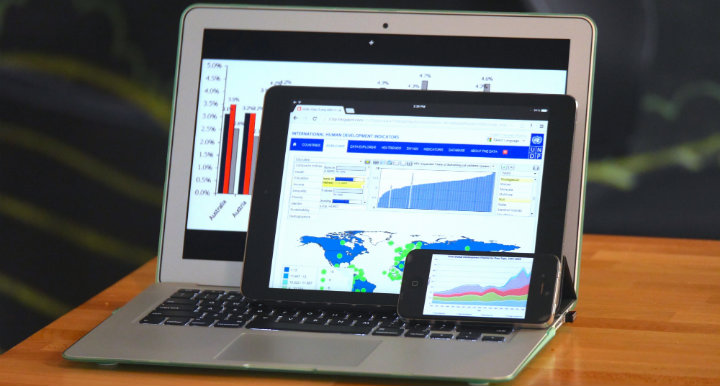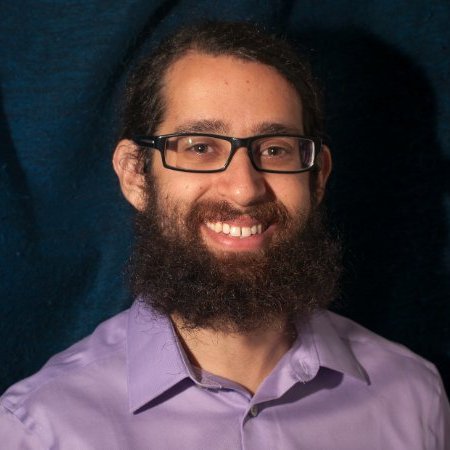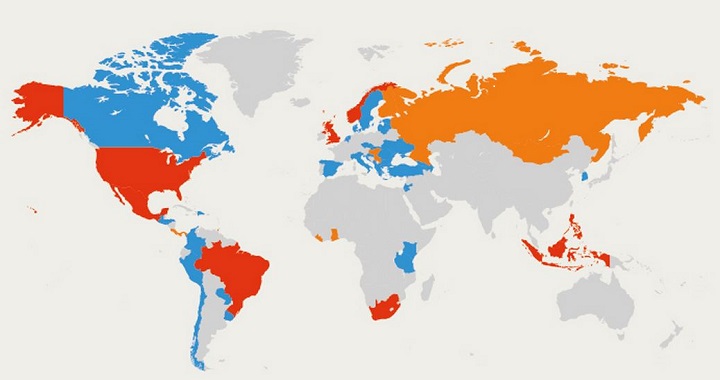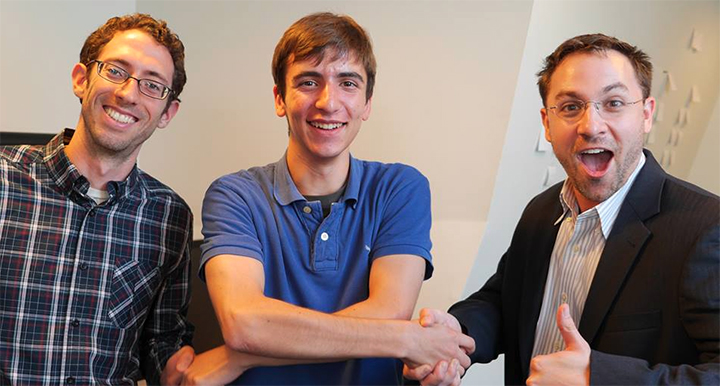In the last decade, new technology has made advances in data storage and analysis to leverage the greater volume of data available. The digital universe made up of all the data we create and copy will only increase in the future. The International Data Corporation and EMC’s research says that the digital universe is doubling in size every two years and by 2020, will contain nearly as many digital bits as there are stars in the universe (reaching 44 trillion gigabytes). We now live in a period of time defined by data: Data scientists are the new must hire position yet, McKinsey & Co.’s research says that by 2018, the U.S. will experience a shortage of 190,000 skilled data scientists.
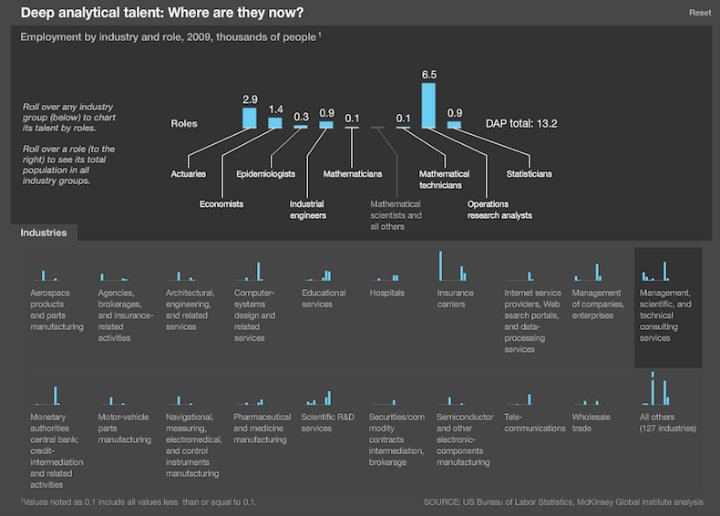 What industries are the data scientists working in now
What industries are the data scientists working in now
Government surveillance through internet data has been in the news since Edward Snowden’s leaks, and the popularity of sites such as FiveThirtyEight has popularized data journalism. International development donors have recognized this and are demanding more data from implementing partners and placing greater emphasis on monitoring and evaluation (M&E). While M&E is used to cover a wide variety of activities–from reporting to research–at its core, it is a way to ensure international aid programs are providing effective interventions.
Much like how the data revolution has sparked innovative software for the private sector through NoSQL data storage, software and technological innovation for M&E is beginning in international development. A reflection of conversations during Tech Salon’s M&E discussion show that M&E tend to be afterthoughts to program design because of fear of failure and the lack of funds. However, today technology and M&E are increasingly being requested in international development.
Here are a few reasons why we need to better integrate technology, M&E, and international development.
Greater Transparency
The US government has embraced the data revolution by providing open access to some of its data. This access provides not only greater transparency, but also greater scrutiny over spending and its efficacy. Anyone can easily see how much money the US government is spending on foreign assistance and engage in dialogue on whether the money is being spent properly and effectively. Initiatives such as the International Aid Transparency Initiative (IATI) work towards greater transparency across all donors and have established one standard for donors to report information on monetary flows in development.
Using technology-enabled M&E effectively will allow development implementers to prove program efficacy more quickly and easily. Programs can adapt activities on the basis of real time M&E, providing more benefit to beneficiaries. Global indicators can be used to show impact throughout multiple projects. Visualizations, such as maps, can present the wealth of data collected into an easily understood form.
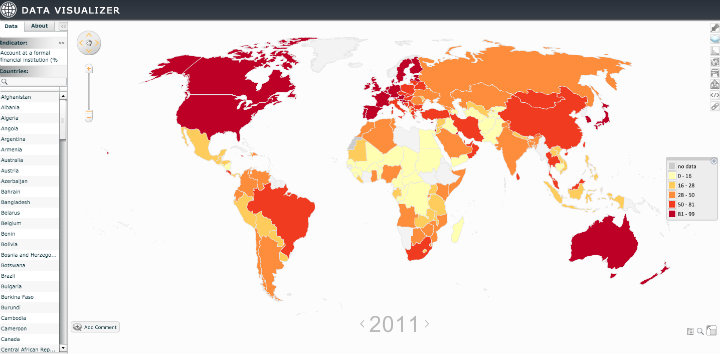 World Bank Data Visualizer world map
World Bank Data Visualizer world map
Proving impact and greater accountability helps USAID and other clients justify spending money on development programs to their stakeholders. In turn, the clients can keep funding programs and continue helping people throughout the world.
Data responsibility
Snowden’s revelations have brought the conversation of data responsibility and privacy to the general audience. For development practitioners, as donors request more and more data, we need to think about how to collect the data while protecting the beneficiary. It is important to consider what technology is appropriate for M&E as well as the metadata that it might reveal.
Utilizing technology-enabled M&E is more than including mobile phones into the process. It requires considering what data needs to be collected and whether it can do any harm to a beneficiary if the wrong person gains access to it. Technology and their limitations need to be understood to design data collection and any limitations for data analysis.
Put simply, technology is a tool for the M&E practitioner, not a solution on its own. The concerns about data responsibility are not new to development, but understanding the technology is.
Technology makes practitioners’ lives easier
Most importantly, technology-enabled M&E eases the work of practitioners. Imagine working in the field to collect information and instead of using pen/pencil and paper, you are using a tablet with a data collection app. This app allows you to work without internet connectivity and sync data when connectivity is available. You don’t have to worry about entering any geographic information, because it is either associated with a service location (e.g. school, community center) or the tablet saves your location for each entry.
M&E software companies, such as DevResults and SurveyCTO, create these tools so practitioners can focus on helping beneficiaries instead of recording and transcribing data. Field practitioners no longer need to record the same information in multiple locations and continually check to ensure no transcription errors occurred. Headquarters staff can use different types of data visualizations to more effectively develop theories of change and write reports much quicker.
By providing greater transparency, data responsibility, and making the the practitioners’ lives easier, technology is allowing practitioners to focus less on administrative tasks and more on effective program design.
To learn more about integrating technology and M&E in international development, sign up for our upcoming Technology for Monitoring and Evaluation online course.
Norman Shamas is the course facilitator for TechChange’s Technology for Monitoring and Evaluation online course. He also currently works as a data architect and wrangler to analyze foreign aid data at Creative Associates International. Previously he worked as a graduate student instructor at the University of Minnesota, where he studied identity from theoretical, social science, and policy perspectives. He has extensive experience in Israel and the West Bank where he has worked as an archaeologist and led dialogue groups. Norman speaks Hebrew and Persian and reads numerous dead languages. Norman enjoys telling stories, whether in words, images, or numbers. He has more than five years of experience teaching online and in person and facilitation in the US and abroad.

